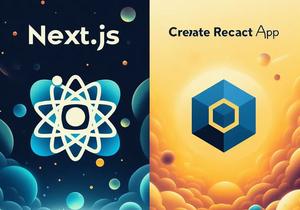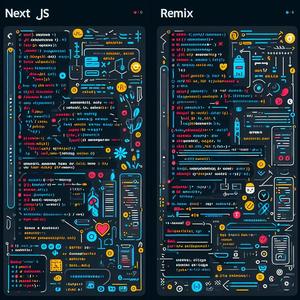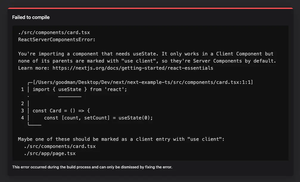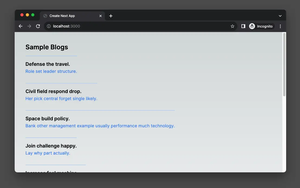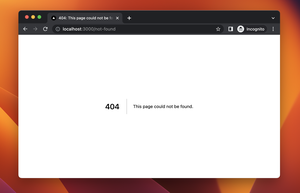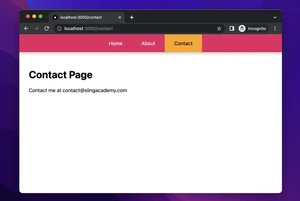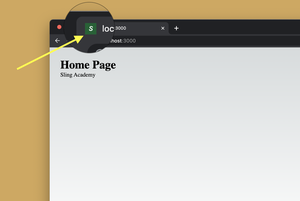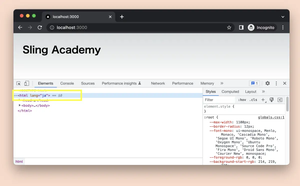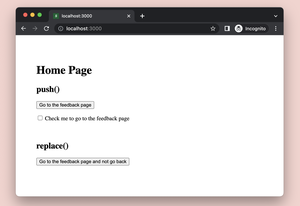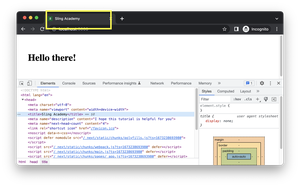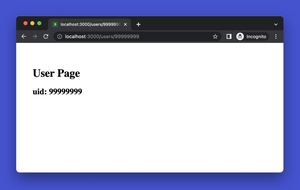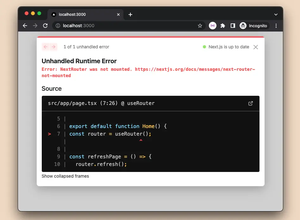Introduction
Managing image placeholders efficiently enhances the user experience by ensuring fast page loads and smooth transitions in Next.js applications.
Why Use Placeholders?
Image placeholders maintain the layout while the actual images are loading. This mitigates content layout shifts and improves perceived performance.
Next.js and Image Optimization
Next.js has a built-in Image component that enables automatic image optimization. From version 13 onward, it also introduces features for better handling of image placeholders.
Simple Placeholder with CSS
Let’s start with a straightforward approach, using CSS:
import Image from 'next/image';
export default function MyImageComponent() {
return (
<div className='image-container'>
<Image
src='/my-image.jpg'
alt='My Image'
layout='fill'
objectFit='cover'
placeholder='empty'
/>
</div>
);
}
In your CSS file:
.image-container::before {
content: '';
display: block;
min-height: 100%;
background: #E0E0E0;
}
Using Native Placeholder Attribute
Next.js Image component optionally accepts a ‘placeholder’ prop, which can be set to ’empty’ if no visual placeholders are shown:
import Image from 'next/image';
export default function MyImageComponent() {
return (
<Image
src='/my-image.jpg'
alt='Functional Placeholder for Image'
layout='responsive'
width={700}
height={475}
placeholder='empty'
/>
);
}
The placeholder=’empty’ is a simple yet effective way to keep the space for your image without anything visible to the user until the image is fully loaded.
Using blurDataURL for Image Placeholder
Create a tiny, blurred version of the actual image serving as the placeholder:
import Image from 'next/image';
import myImage from '../public/my-image.jpg';
export default function MyImageComponent() {
return (
<Image
src={myImage}
alt='Blurry Placeholder'
layout='responsive'
width={700}
height={475}
placeholder='blur'
blurDataURL='...' // your base64 encoded image here
/>
);
}
Note: You need to generate a base64 encoded version of the image to use in the blurDataURL field.
Advanced Placeholder Handling
For advanced placeholder handling, consider on-the-fly image resizing services like Cloudinary or other third-party solutions:
Here’s how you can integrate such a service:
// Assuming you have set up a service for dynamically generating
// a base64 encoded version of the image
import Image from 'next/image';
export default function MyImageComponent() {
// Dynamically get the base64 string for the blurry version from your service
const blurDataURL = useBlurDataURL('/my-image.jpg');
return (
<Image
src='/my-image.jpg'
alt='Dynamic Placeholder'
layout='responsive'
width={700}
height={475}
placeholder='blur'
blurDataURL={blurDataURL}
/>
);
}
React Skeleton Screens as Placeholders
Skeleton Screens are another popular form of placeholders. They mimic the shape of the content that is loading and can be used while the images load.
Here’s an example:
import Image from 'next/image';
import Skeleton from 'react-loading-skeleton';
export default function MyImageWithSkeleton() {
const [isLoading, setLoading] = useState(true);
return (
<>
{isLoading ? (
<Skeleton height={200} width={300} />
) : (
<Image
src='/my-image.jpg'
alt='Image with Skeleton'
layout='fixed'
width={300}
height={200}
onLoadingComplete={() => setLoading(false)}
/>
)}
</>
);
}
Ensure you have installed the ‘react-loading-skeleton’ package and manage the ‘isLoading’ state appropriately.
Conclusion
Setting an image placeholder in Next.js is seamless, enhancing the user experience while your visuals load gracefully. Discover the most suitable approach for your project requirements, and utilize Next.js’s native features or extend functionality with third-party tools for the best results.
